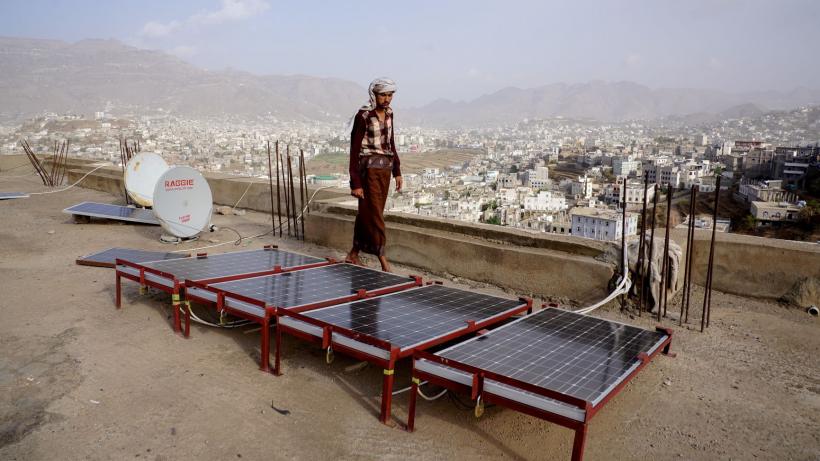
Models for engaging the private sector in electricity provision in Yemen
This report discusses the challenges of encouraging private sector investment in electricity generation in Yemen and focuses on how to find a workable model of private sector involvement in distribution.
-
Models for engaging the private sector in electricity provision in Yemen - English
PDF document • 947.09 KB
In November 2021, the International Growth Centre (IGC) published the report Improving electricity services in Yemen: Priorities and options. The report reviewed the state of the sector and put forward practical recommendations and options for improving fuel supply, electricity generation, governance, transmission, and distribution, as well as off grid electricity provision.
One of the key challenges facing electricity services in Yemen is that the government and the Public Electricity Corporation (PEC) have limited resources for investment in improvements to generation, transmission, and distribution. It is also difficult for the government to move towards cost-reflective tariffs in the current economic situation. One of the recommendations of the report was to explore the idea of encouraging greater engagement of the private sector in the provision of electricity services in specific areas. This might enable the government to harness new investment from the private sector in generation, as well as distribution and service delivery. Moreover, regulatory innovation could enable differential pricing ‘at the margin’, so that customers who are willing and able to pay cost-reflective prices can obtain the supply they need without imposing higher tariffs on the entire population.
The private sector is already heavily involved in the provision of electricity in many developing countries. However, in most cases, this has taken the form of private sector involvement in the generation of electricity, specifically contracting independent power producers (IPPs) to produce electricity, which is then sold, often to a government-owned single buyer under terms dictated by a power purchase agreement (PPA). This has proved a successful model for expanding investment in generation but is dependent on the single buyer or off taker being able to credibly commit to payment under the terms of the PPA. Often deals are only bankable where an explicit sovereign guarantee is provided by the government to underwrite the PPA.
The war in Yemen has placed the country’s public finances under considerable stress. Electricity generation and revenues from oil and gas are much lower than before the war, while costs have dramatically escalated. Consequently, in Yemen, even a sovereign guarantee may not be sufficient to make a PPA bankable since investors or lenders may lack confidence that the government would have the resources to deliver on the guarantee if called upon. Therefore, in addition to exploring feasible models for private investment in generation, it is important to examine mechanisms by which the private sector might engage in the distribution sector as well. This matters because, if a bankable model can be found for involving the private sector in distribution, this would generate its own flow of revenues from electricity sales to customers, obviating the need for a guaranteed source of financing from the government.
There are a range of ways in which the private sector can be involved in the distribution sector, including bilateral contracts, management contracts, distribution contracts, distribution concessions, and a full utility concession. All of these models can take place at the same time as private sector involvement in generation (indeed, a utility concession involves this by definition). However, engaging the private sector in distribution involves a set of considerations which are unique to the sector and different from private sector involvement in generation. Therefore, while we briefly discuss the challenges of encouraging private sector investment in generation, our focus, for the reasons given above, is on how to find a workable model of private sector involvement in distribution.



